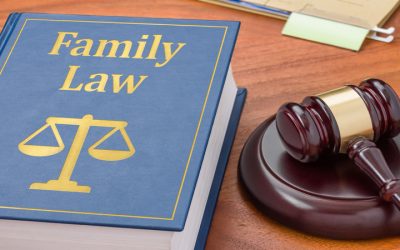When debt is out of control, many people find themselves afraid to answer the phone. Collection companies start calling throughout the entire day, both on personal phones and at a person’s work. It can be embarrassing, and a little scary. Threatening letters start coming in the mail, and the person in debt can feel embarrassed. While those who have money to repay debt usually never experience this, many people are unable to dig themselves out of the financial bind that they are in. This is where Chapter 13 Bankruptcy in Marion, IL, can come in handy. This type of bankruptcy is a great solution for an individual or married couple who finds themselves in deep debt without a way out.
Most people want to go for a Chapter 7 bankruptcy because it can wipe clear many types of debt. People like the idea of a fresh start and a clean slate. Unfortunately not everyone qualifies for Chapter 7. Only those who pass a “means test” can file for that chapter. For everyone else, there is Chapter 13 Bankruptcy in Marion, IL. This type of bankruptcy is sometimes called the reorganization bankruptcy. How it works is that a professional will inspect the person’s or family’s income and monthly budget. They will then say that a set dollar amount must be paid towards the debt every month for five years. For approximately five years straight, the payment must be paid, but it is usually significantly less then what the person had been paying before they filed for Chapter 13. At the end of the five year period, any debt left will be wiped clean. Another benefit is that a person can file for Chapter 13 as many times as they need to.
A Bankruptcy Attorney in Carbondale, IL can explain Chapter 7, Chapter 13, and even Chapter 11. They can advise people on which type of filing would be best for their personal situation. They will explain what types of property will be lost in the bankruptcy and which types of debt qualify for the program. Basic paperwork is needed, as well as tax returns from previous years, bank statements, paycheck stubs, and proof of each debt.


